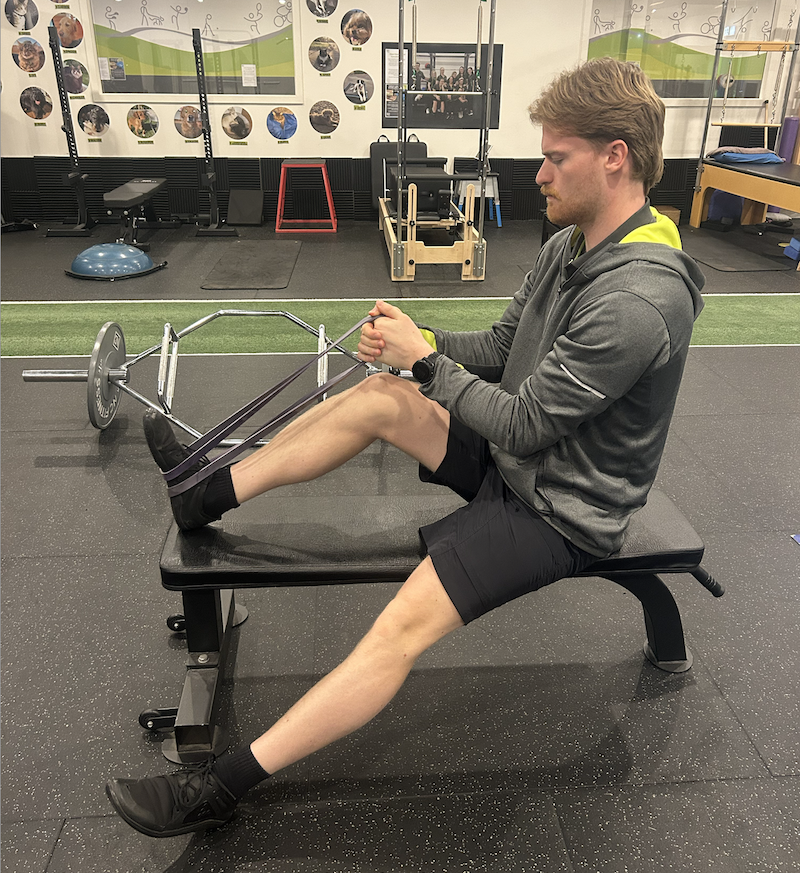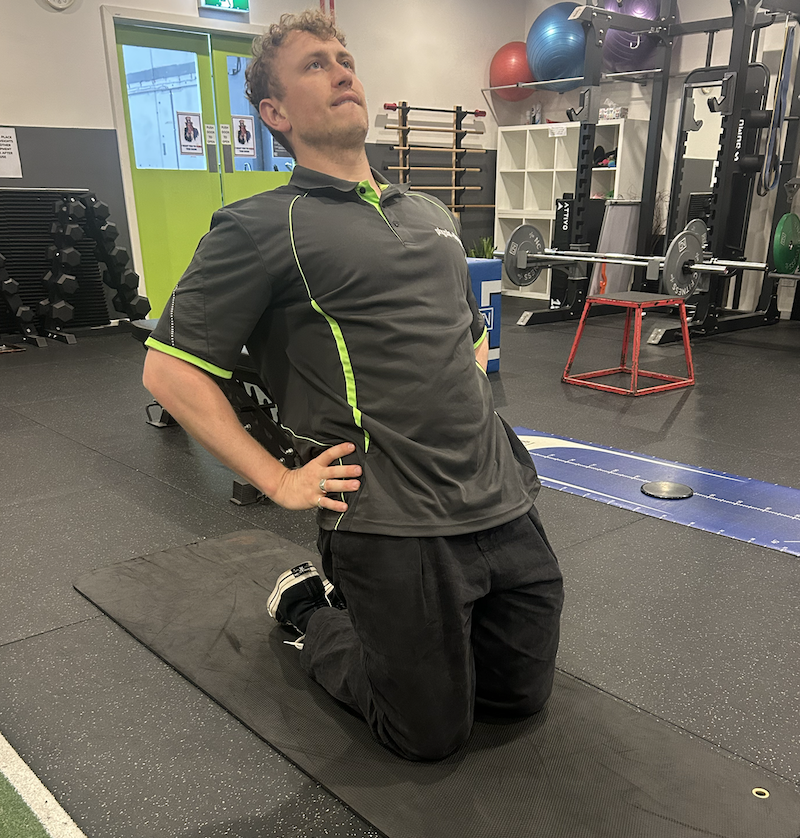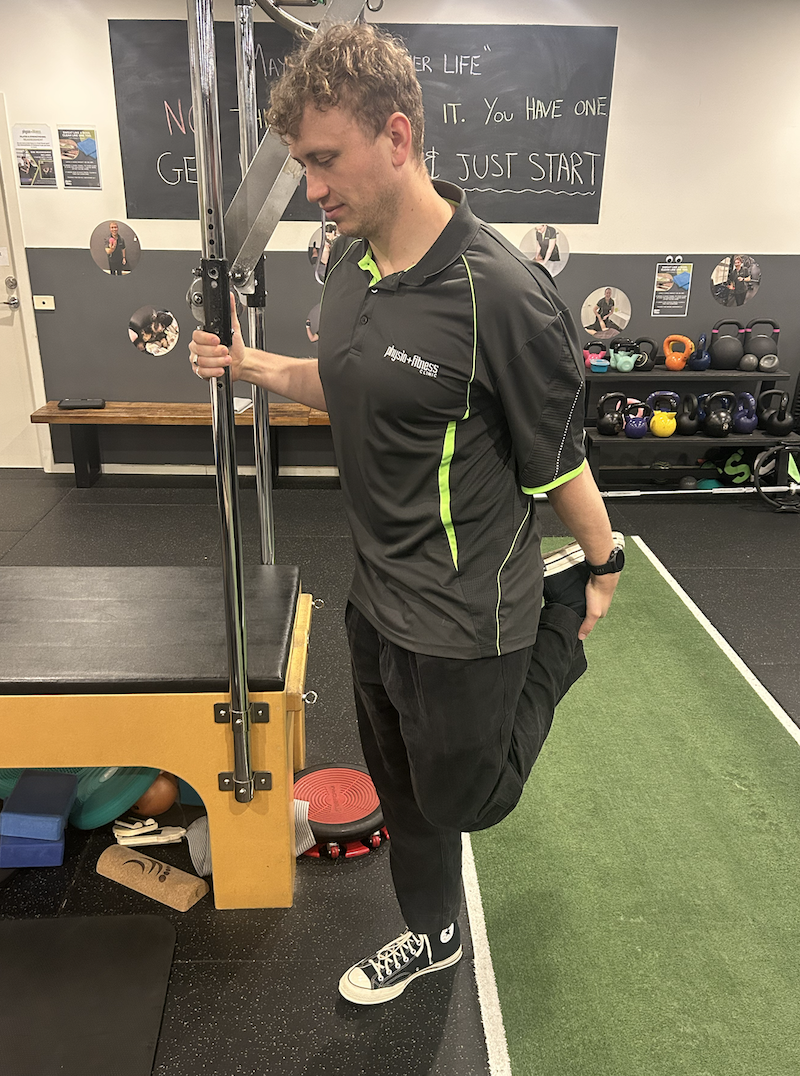To Stretch, or Not to Stretch – That is the Question
Does stretching reduce the risk of injury?
Hello again team! Welcome back to another physio word vomit! On today’s menu, we are going to explore the concepts of stretching; is it good for us, do we have to do it, and will it reduce injury risk?
Now – this is a bit of a controversial topic, so remember that what I am writing is based on the CURRENT evidence out there for stretching. Remember that evidence and research is constantly evolving and changing, so there is a chance that at some point, new information could change the stance I present to you today.
So let’s break it down a bit.
Firstly, muscle length is largely genetic. We can thank or blame our parents and our grandparents for either being super bendy, or potentially stiff as a board. Remember, muscle length and joint mobility are separate ideas. We can have super hypermobile joints, but ‘stiff / tight muscles’
Why do we stretch?
I remember when I was younger, playing footy and soccer (poorly, mind you), and always having to stretch BEFORE and AFTER the game.
My coach would always yell at us if we didn’t do it, explaining that we would pull up sore the next day, and potentially pull muscles in the game if not done before.
But are these concepts true? Will we actually reduce next day muscle soreness, or potentially reduce our chance of injury with stretching?
THE JURY IS STILL OUT.
We used to think that when we stretched muscles, we were significantly lengthening our muscle tissue. It made sense, being that we feel ‘lengthened’ and can potentially lean further into a position after stretching.
What we are now learning is that when we stretch, we soften our stretch reflex. This gives our neuromodulating principles, relaxing our stretch reflex, and thus, allowing us to go further into our stretch. From a tissue level, we are doing very little to change the length of our muscles. That is why, when we have stretched, it only takes a small amount of time for our stretch reflex to normalise, and go back to our original feeling when we move into that movement again.

So what does help lengthen our muscles if not stretching?
Good question!
From what we are learning, it still is quite complex. Our muscle tissue is relatively robust, and to change its length is pretty tricky. However, we know that a stronger muscle is generally a longer muscle.
Strengthening our muscles throughout its full range of motion will not only give you the muscle stretching element of a stretch alone, but will start to build its capacity. Over 6-12 weeks, that muscle will start to build long term muscle strength adaptations, and potentially some muscle length gains.
Lastly, strength loading also has a neuromodulating principle, and can reduce the feeling of tightness that we all seem to experience at different points.

What about the next day’s soreness?
Let’s begin by questioning why we get next day soreness (DOMS). Usually, when we do some demanding exercise, we will have some DOMS the next day.
Again, we are still learning the reasons behind DOMS. The most common idea is that we cause microtrauma to our muscle tissue, which then feels like a low level ache in our muscles the next day. Another idea is that we have more lactic acid and hydrogen molecules in our muscles after intense exercise, which can also make us feel a bit off.
The one thing that was certain was, stretching after exercise didn’t have much of an effect on those DOMS.
If anything, an active cool down was advised to help ‘flush out’ some of those by-products.
Ultimately, when we exercise with intensity, we will be sore. The more robust and tolerant of that exercise, generally the less DOMS we will experience.

Okay – So should I stretch Luke?
The answer is – if you like it.
If you enjoy stretching – if it makes you feel better, then absolutely do it!
If you don’t like stretching, or feel like it doesn’t help you, then you can let it go!
Get into some more consistent strength training 2-4 x weekly, throughout range!
SO – in summary:
- Your genetics are the biggest contributor to your overall flexibility
- Stretching will not remove or reduce your next day DOMS
- Stretching has very little influence on tissue length, and works on temporarily reducing the stretch reflex of a muscle
- Strength training can have a similar effect, however it makes the muscle more robust, and can potentially increase the capacity and ‘length’ of a muscle – relieving tightness
- Stretch if you like it, don’t stretch if you don’t
CHEERS GUYS
This blog was written by Luke Waker, the Head of Physiotherapy / Senior Physiotherapist at Physio and Fitness Clinic, B Sc Physiotherapy (hons) – Monash University.
Luke is an Australian trained physiotherapist with over 17 years of experience within the fitness industry. He started his journey as a swim coach and over the years progressed through personal training, group training and then for the past 9 years, has been working as a physiotherapist.
Take the first step toward your fitness journey
Book in for a strength start-up session and be paired with one of our Physiotherapists to get started!
Here at Physio and Fitness Clinic, we can assist you with your sporting goals. Make an appointment with a physio today for a strength class.
